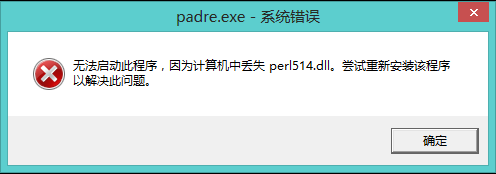编程一段时间之后,都会或多或少的接触到“回调函数”的概念,我对这个概念的理解也是浅尝辄止,就此分享一些浅见。
"软件模块之间总是存在着一定的接口,从调用方式上,可以把他们分为三类:同步调用、回调和异步调用。同步调用是一种阻塞式调用,调用方要等待对方执行完毕才返回,它是一种单向调用;回调是一种双向调用模式,也就是说,被调用方在接口被调用时也会调用对方的接口;异步调用是一种类似消息或事件的机制,不过它的调用方向刚好相反,接口的服务在收到某种讯息或发生某种事件时,会主动通知客户方(即调用客户方的接口)。回调和异步调用的关系非常紧密,通常我们使用回调来实现异步消息的注册,通过异步调用来实现消息的通知。同步调用是三者当中最简单的,而回调又常常是异步调用的基础,因此,下面我们着重讨论回调机制在不同软件架构中的实现。"[1]
关于回调,我的个人感觉就是B定义了接口或者是模板,A作为调用者自己实现它,但是A将自己的实现嵌入了B的环境中。抽象一点,其实就是A的定义域嵌入到B的执行域。大部分时候,这两个是在一起的。

Java语言实现
//: innerclasses/Callbacks.java
// Using inner classes for callbacks
package innerclasses;
import static net.mindview.util.Print.*;
interface Incrementable {
void increment();
}
// Very simple to just implement the interface:
class Callee1 implements Incrementable {
private int i = 0;
public void increment() {
i++;
print(i);
}
}
class MyIncrement {
public void increment() { print("Other operation"); }
static void f(MyIncrement mi) { mi.increment(); }
}
// If your class must implement increment() in
// some other way,you must use an inner class:
class Callee2 extends MyIncrement {
private int i = 0;
public void increment() {
super.increment();
i++;
print(i);
}
private class Closure implements Incrementable {
public void increment() {
// Specify outer-class method,otherwise
// you'd get an infinite recursion:
Callee2.this.increment();
}
}
Incrementable getCallbackReference() {
return new Closure();
}
}
class Caller {
private Incrementable callbackReference;
Caller(Incrementable cbh) { callbackReference = cbh; }
void go() { callbackReference.increment(); }
}
public class Callbacks {
public static void main(String[] args) {
Callee1 c1 = new Callee1();
Callee2 c2 = new Callee2();
MyIncrement.f(c2);
Caller caller1 = new Caller(c1);
Caller caller2 = new Caller(c2.getCallbackReference());
caller1.go();
caller1.go();
caller2.go();
caller2.go();
}
} /* Output:
Other operation
1
1
2
Other operation
2
Other operation
3
*///:~
上述例子来自“Think in Java”第四版。这里使用了内部类(inner class)和接口(interface)来实现回调。
Perl语言实现
use File::Find;
sub create_find_callbacks_that_sum_the_size {
my $total_size = 0;
return ( sub { $total_size += -s if -f },sub { return $total_size } );
}
my ( $count_em,$get_results ) = create_find_callbacks_that_sum_the_size();
find( $count_em,"bin" );
my $total_size = &$get_results();
print "total size of bin is $total_size \n";
上述例子来自“Learning Perl Objects,References & Modules”,Perl里面其实用了闭包(closure)来实现了回调。
参考:
- http://hi.baidu.com/zhuyipeng/blog/item/863fefdb7c736c63d1164eec.html
- http://blog.csdn.net/lcqtdwj/article/details/6710355
- http://blog.csdn.net/mac_philips/article/details/6058946



